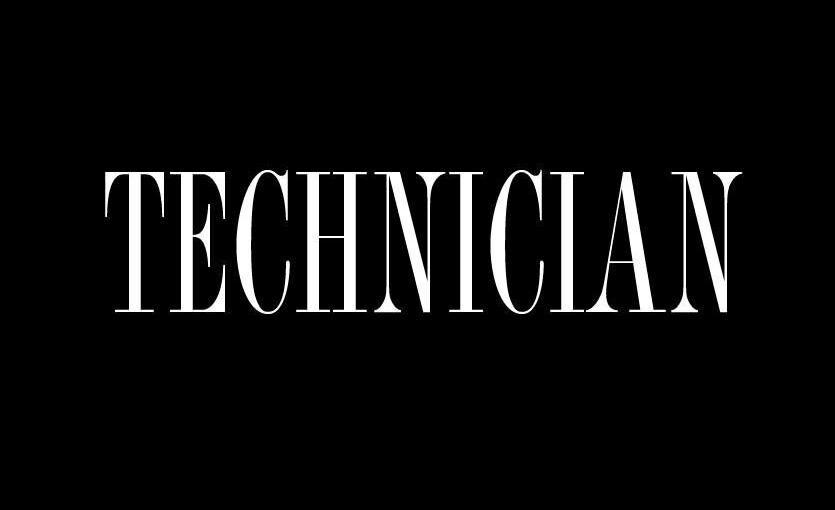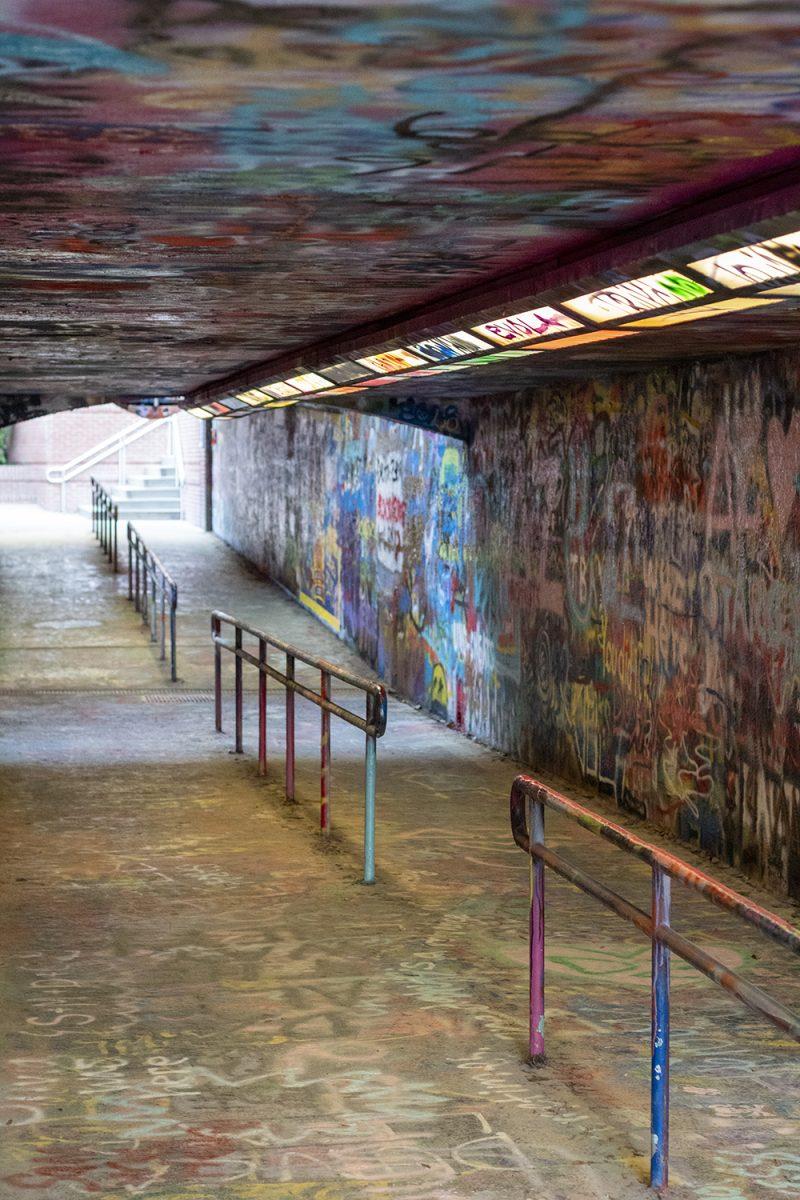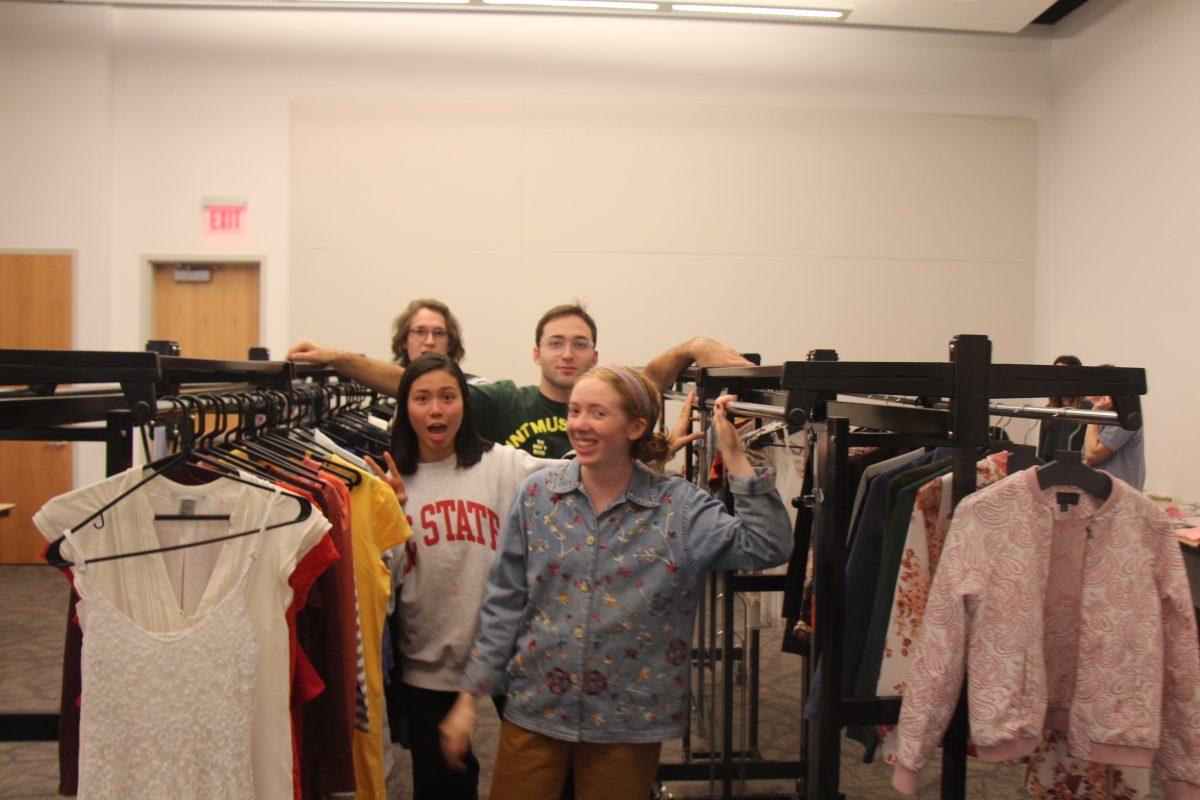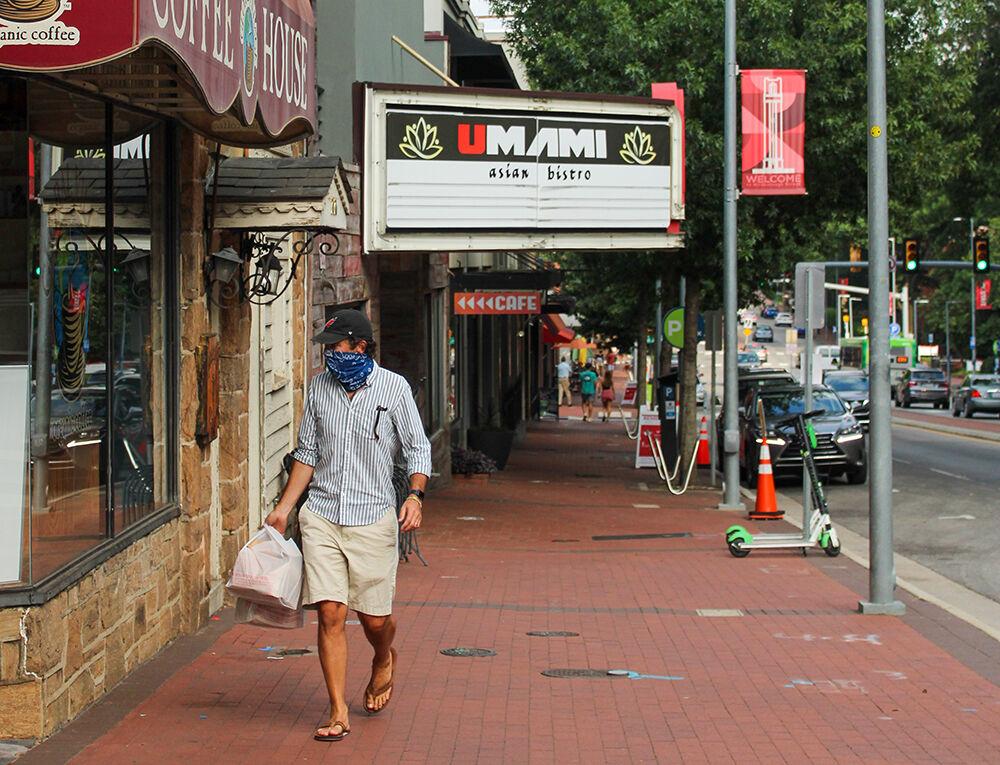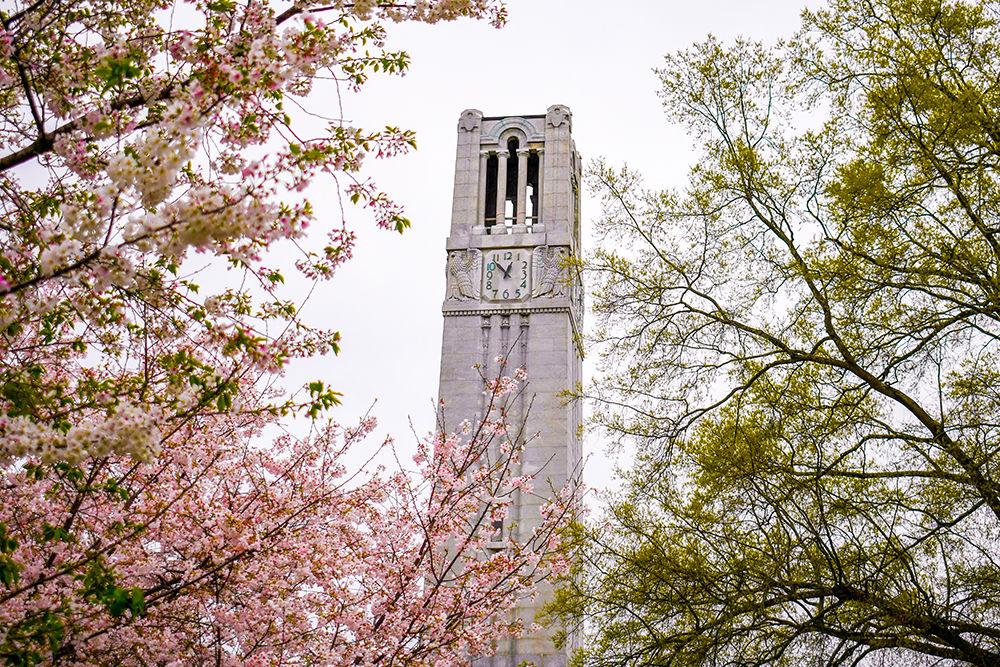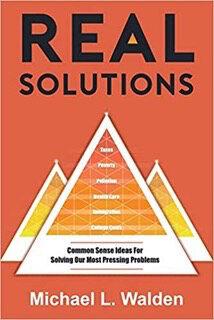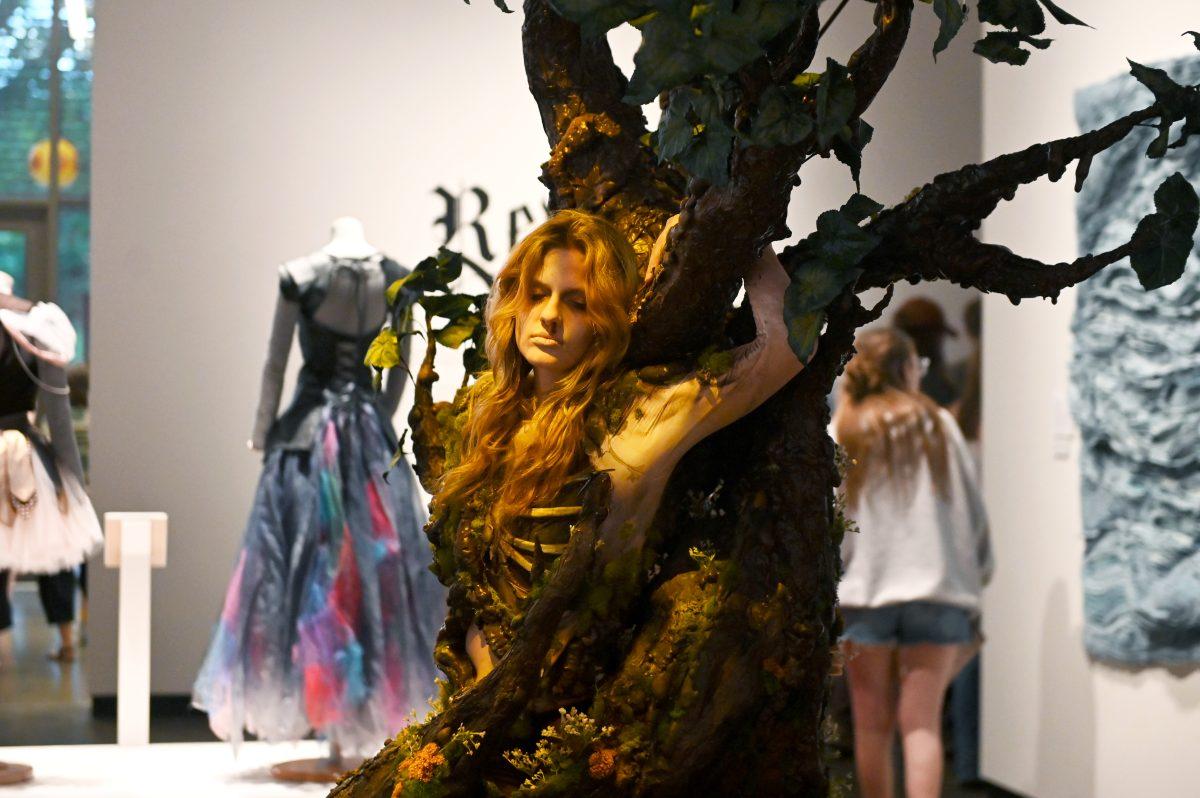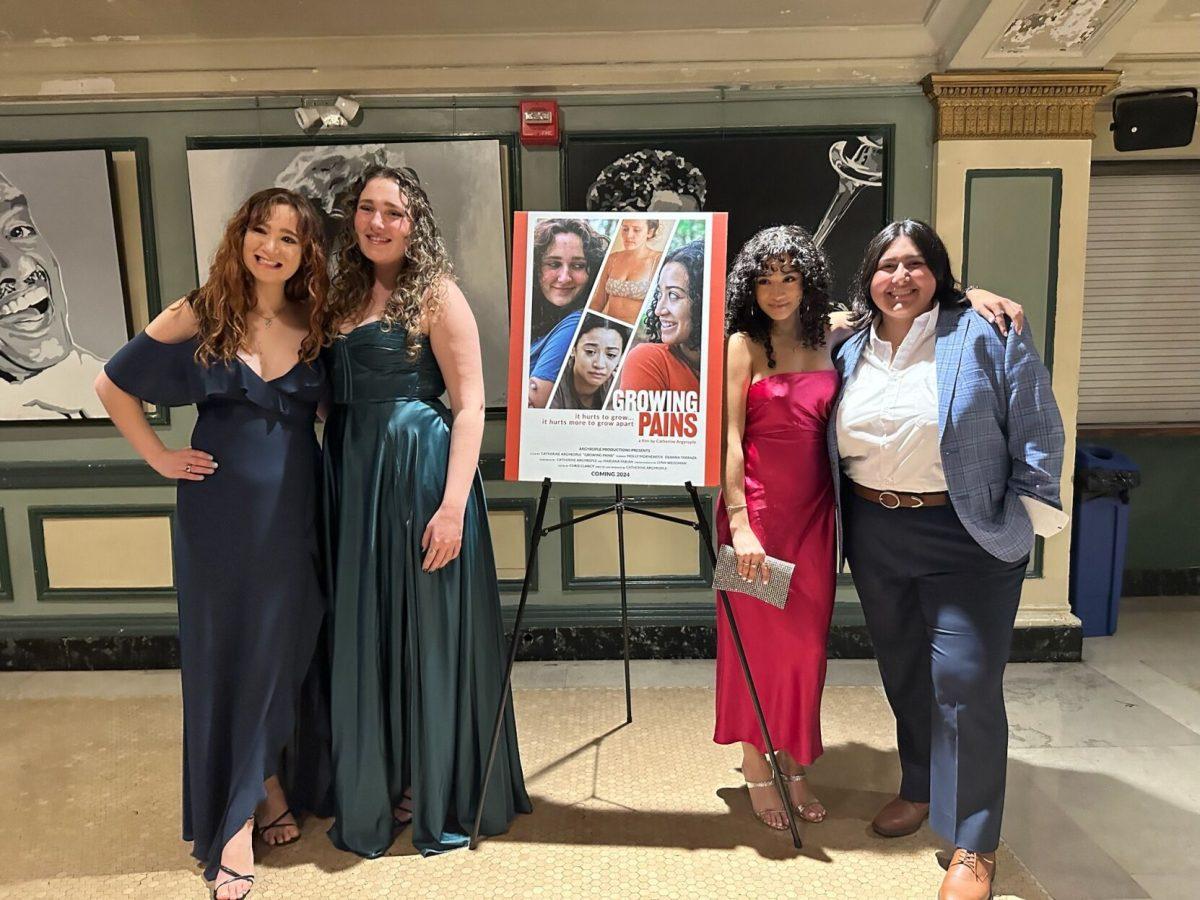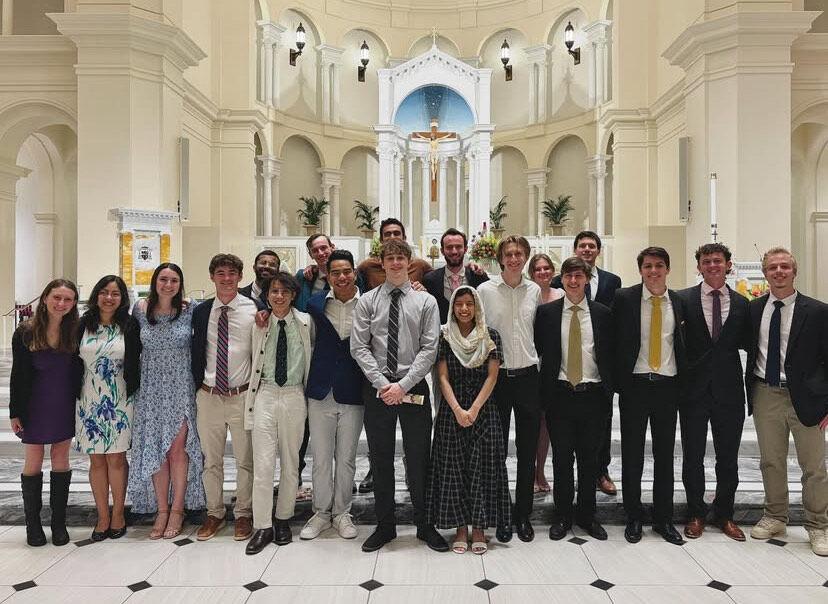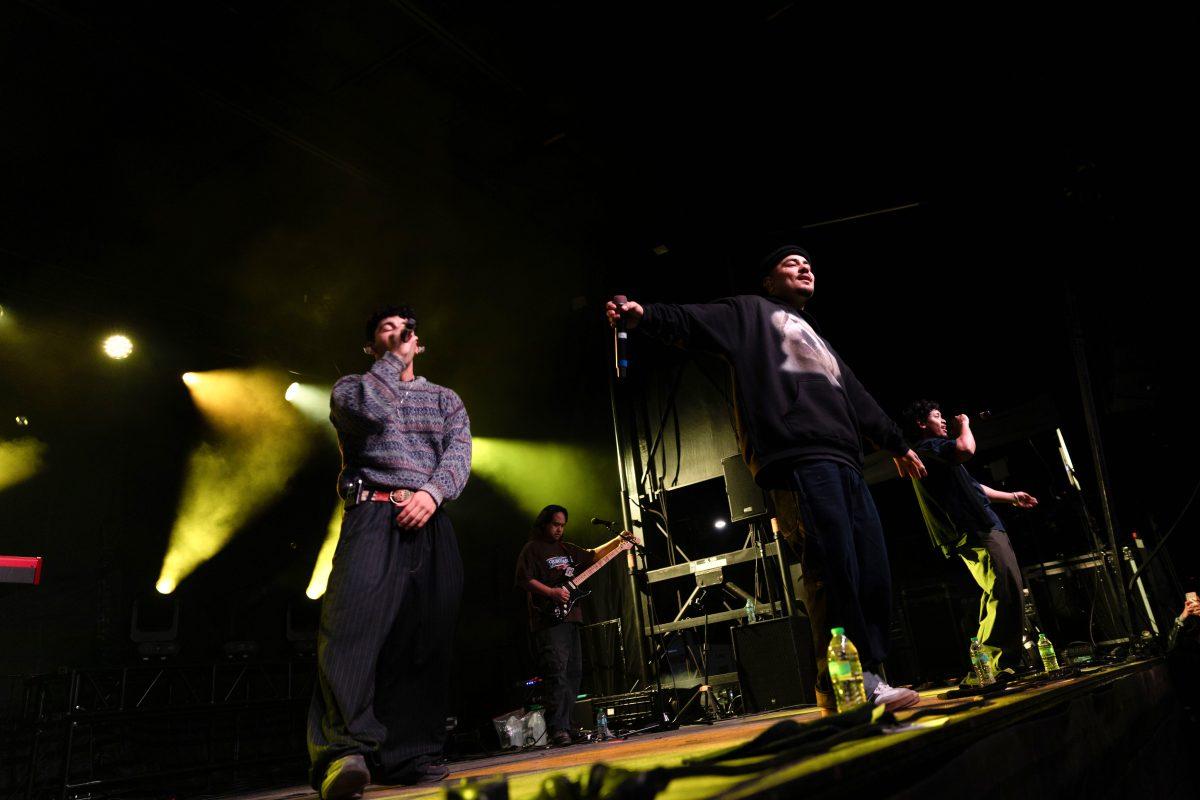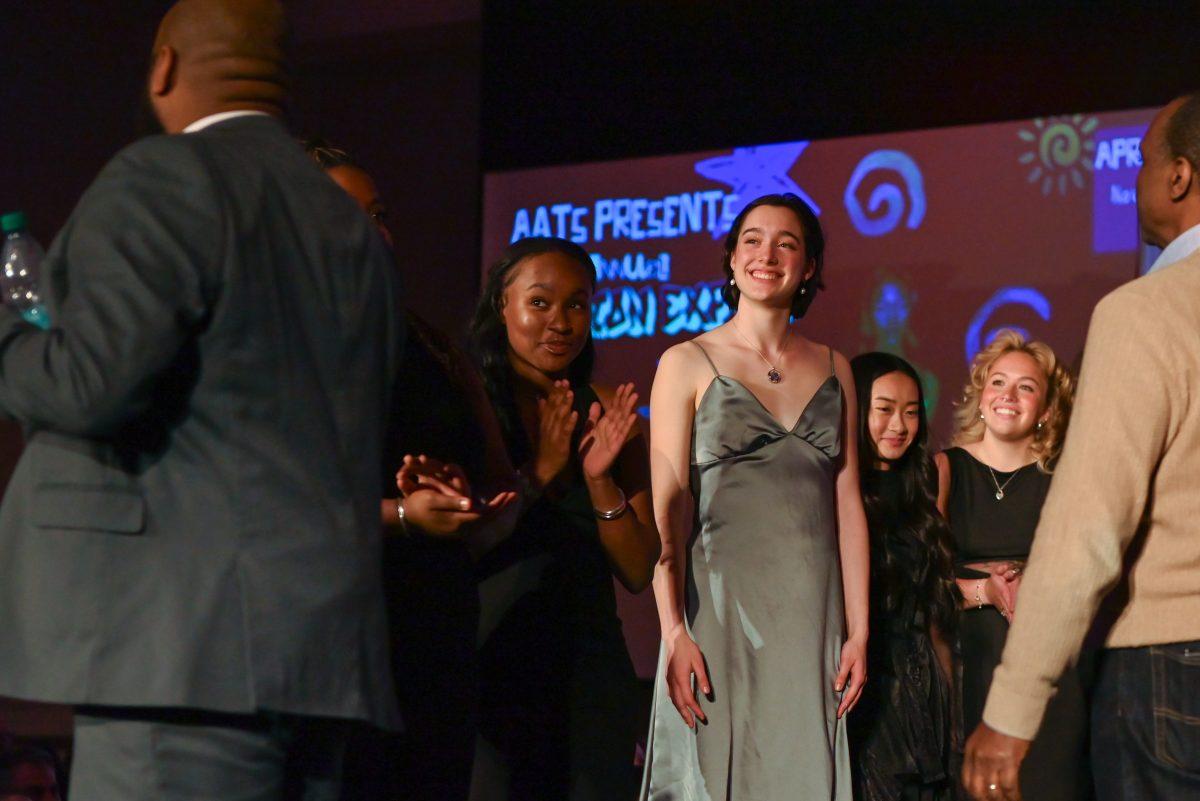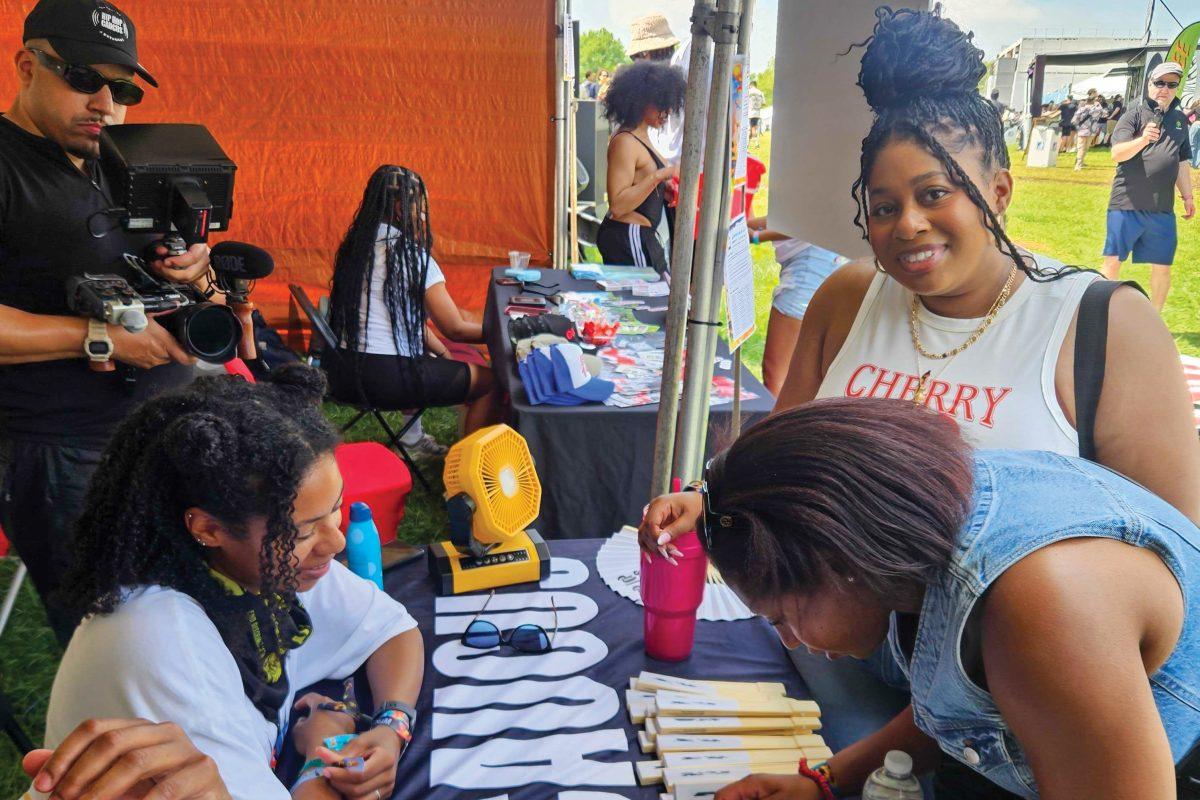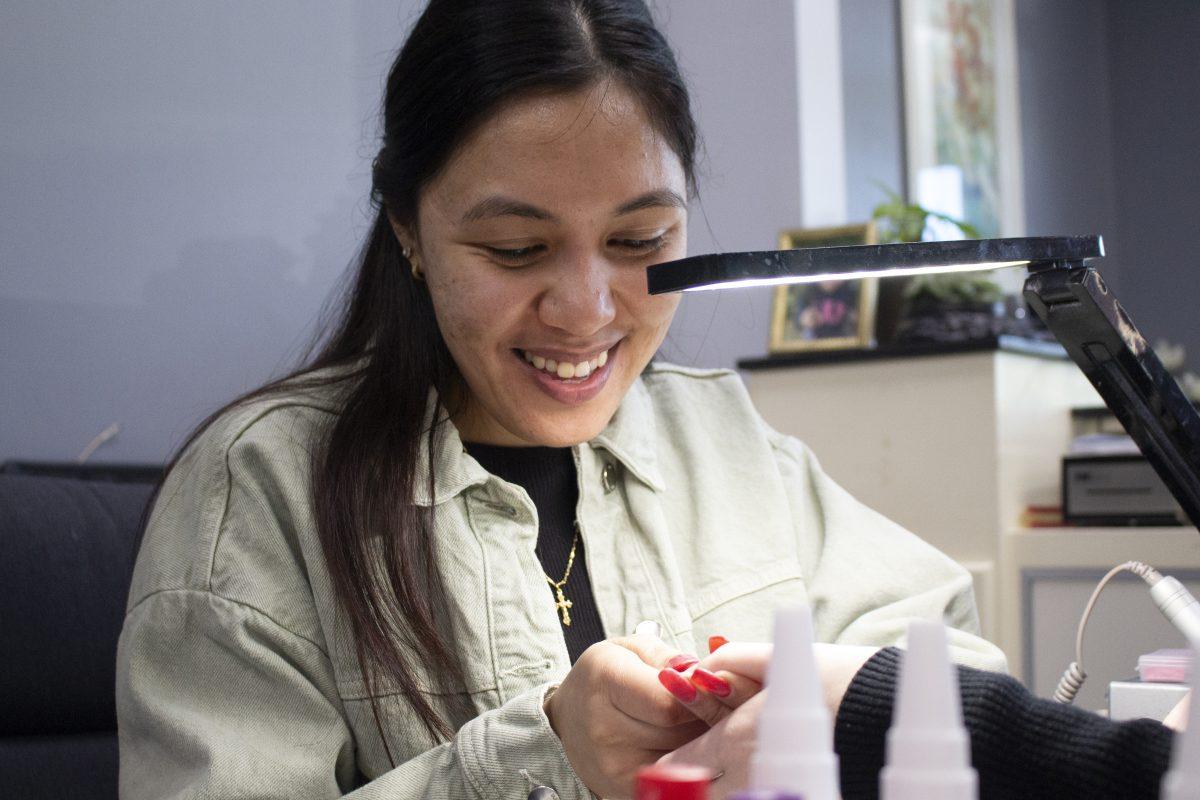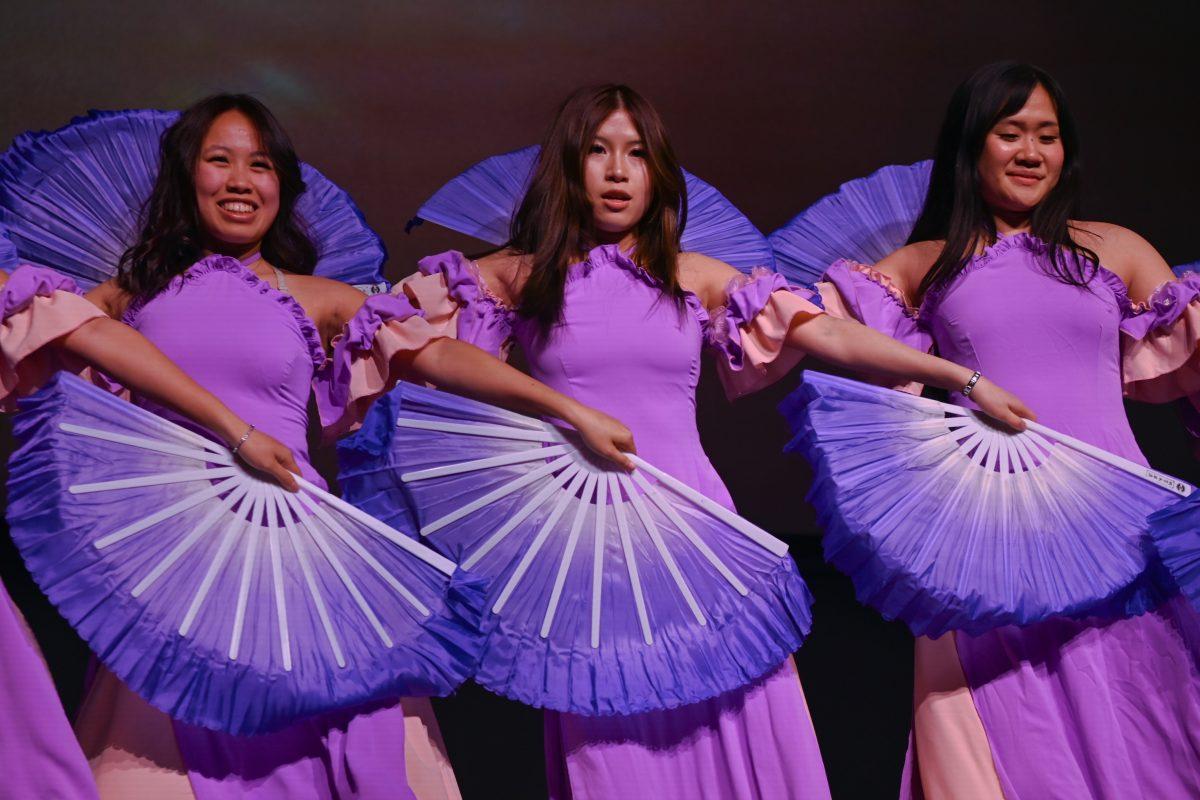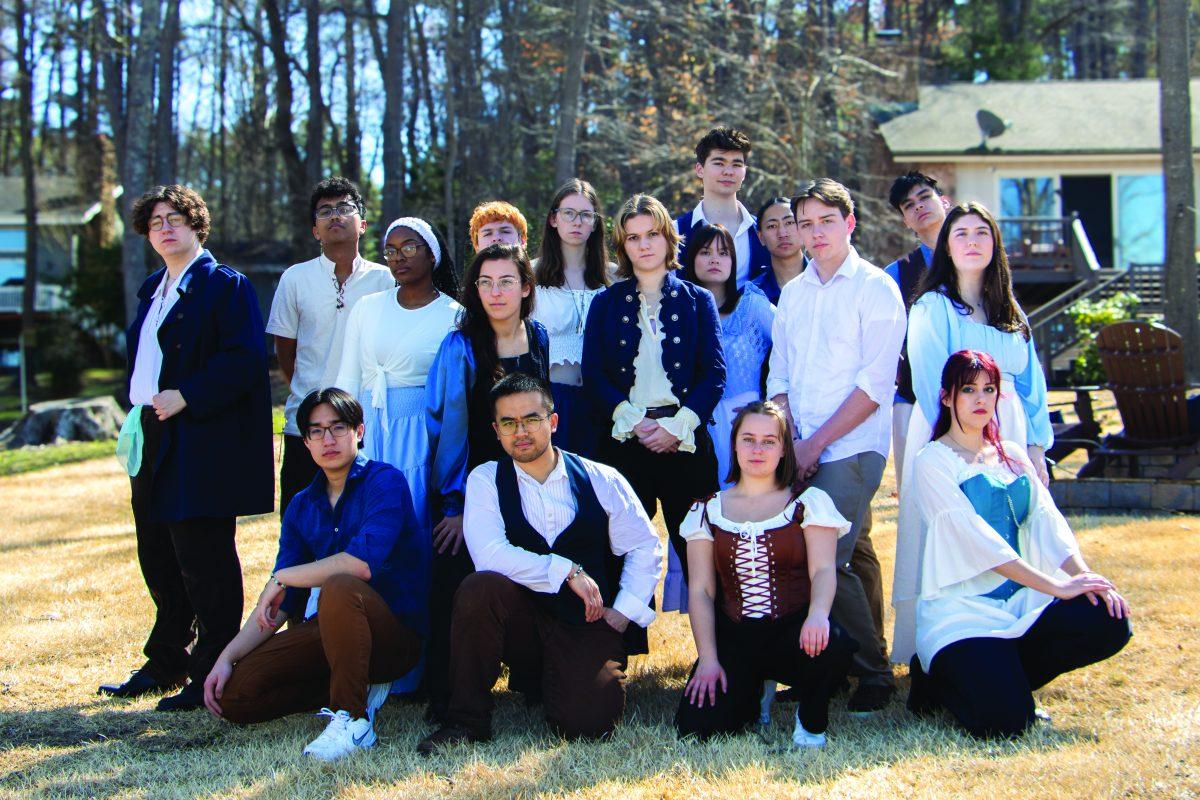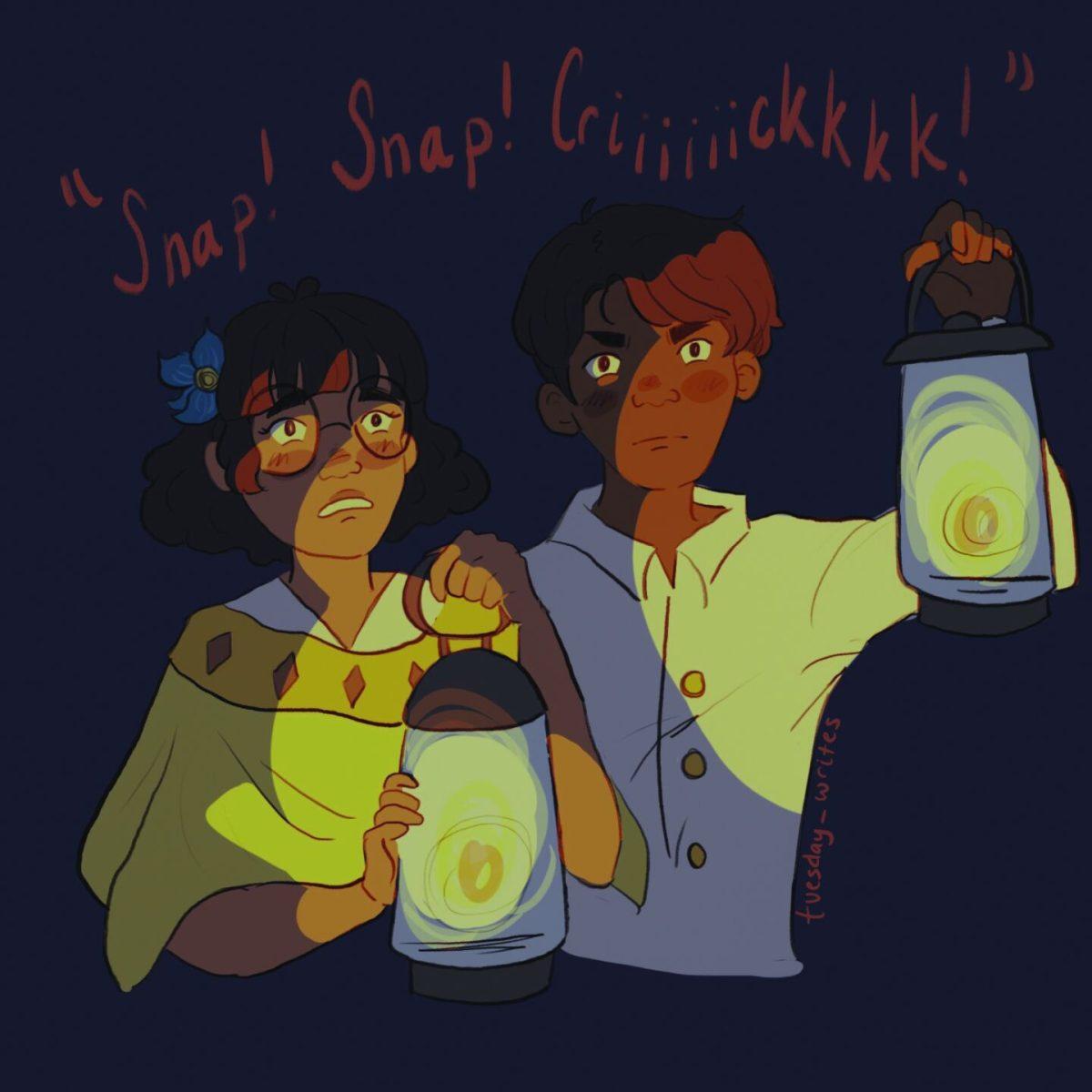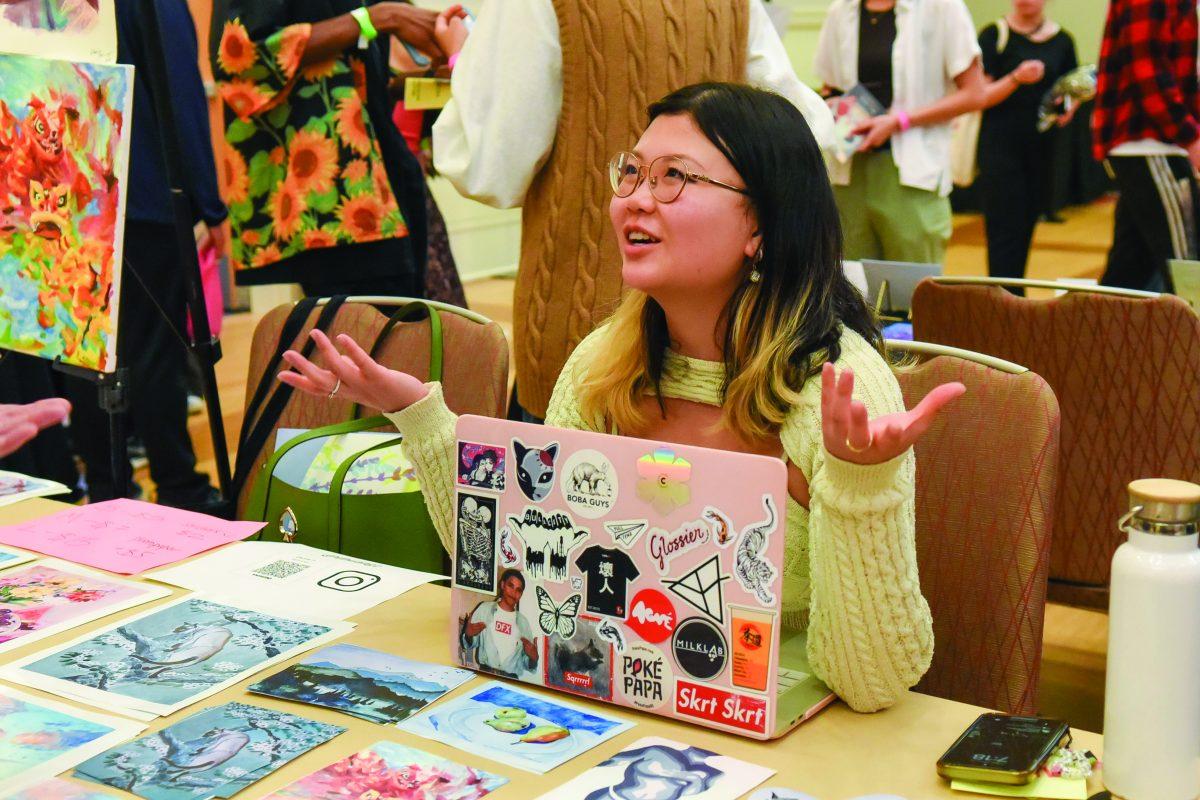For generations, NC State students have crossed the Free Expression Tunnel almost every day. Whether it be on the way to class or back to the dorms, every passerby is familiar with the bold graffiti and personal messages that line the walls of the tunnel and the unwavering stench of spray paint that, somehow, isn’t all that bad.
Built in 1939, the Free Expression Tunnel was initially constructed to allow safe passage across the North Carolina Railroad that divides Central Campus. According to Tom Skolnicki, university landscape architect, the tunnel was a functional pathway long before it became a hub of student life.
“Those tunnels have become really important, especially since the 1950s, when the University really started to grow and expand beyond the original campus,” Skolnicki said. “The University started building more housing south of the railroad, so some of those first buildings like Alexander and Turlington. A big reason they were put there is because this tunnel was located right there, and it was a safe way to get back and forth across the railroad.”
The Free Expression Tunnel became what students know it as today in the mid-1960s, when debates surrounding political and civil rights were sweeping the nation in the wake of the Vietnam War and the civil rights movement. In 1967, NC State’s Student Government (SG) moved to codify the tunnel as a “free expression zone.”
Fernanda Duarte, an assistant professor in the communication department, completed a research project in 2010 as a graduate student at NC State surrounding the “visual discourses of the Free Expression Tunnel.” In preparation for her project, Duarte explored the role of the Free Expression Tunnel and other areas like it in the larger debate over protests and political movements during the 1960s.
“So what happened was that people that are responsible for the administration and the organization across university campus realized that it might be easier to keep this manifestation under control if there were assigned ‘free expression zones’ across the college campus,” Duarte said. “That’s how the Free Expression Tunnel… became a zone for free expression.”
Since then, very little about the physical construction of the tunnel has changed. In the early 2000s, an accessibility route was added to allow people of all abilities to enjoy the hub of student expression and travel underneath the railroad safely.
“Now, it’s an accessible route,” Skolnicki said. “It’s still the only accessible route we have for the tunnels underneath the railroad that anybody of different abilities can get down into the tunnel and back up. Prior to that, it was all steps up and steps down.”
It’s no surprise that the range of conversions that happen within the walls of the Free Expression Tunnel span far and wide. From mundane announcements to national controversies, students never know what they’re going to stumble upon from the moment they step inside.
With her research project, Duarte sought to determine and understand the nuances of the graffiti and messages plastered across the walls of the Free Expression Tunnel. Although her study was completed a decade ago, a lot of the questions that drove her study still apply today.
“I was looking at [the tunnel] 50 years after the actual implementation of the free expression zone, so how was that space being occupied,” Duarte said. “Which were the discourses that were being expressed on those walls — did they relate to the history of political manifestation, or was that long gone?”
In her study, Duarte identified four categories of expression: political, racial and religious issues; NC State branding; graffiti art; and personal visuals targeted to a specific audience.
“By looking at those visuals, I realized that there is a lot of NC State branding, there are a lot of various kinds of issues,” Duarte said. “Political issues are part of the conversation, artist experimentation is part of the conversation and personal exchange of messages are part of the conversation. I also wanted to look at which one of these conversations are more and less important, and how do I measure that?”
Although some visuals lasted longer than others, Duarte found that each category had specific results. Between the variables of longevity and community impact, it was difficult to assign a level of importance to different visuals.
“For example, what I found out is that… when I look at the NC State branding visuals and the ones that are related to the promotion of events, I noticed that even though they are the most frequent… they’re also the first to be erased,” Duarte said.
Another interesting find was the lack of references to the 2010 midterm elections across the Free Expression Tunnel, which were ongoing at the time of Duarte’s study. However, that’s not to say that political conversations weren’t happening in the tunnel: There were plenty of visuals surrounding race, gender equality and sexual diversity.
In today’s political climate, these conversations are more relevant than ever. If Duarte were to redo the study today, she said, it’s likely that political expression would be more evident.
“Those two situations, the pandemic and the current racial climate in the country, will definitely change the results, I think, to make them even more obvious on the wall,” Duarte said. “I think that in the end, looking at the visuals of the Free Expression Tunnel really showed which are the main topics, the main conversations that mobilize the students in the community on campus.”
As fewer students currently occupy campus due to COVID-19, it’s hard to imagine what the Free Expression Tunnel would look like under the given political climate during a “normal,” pandemic-free semester. However, the tunnel is no stranger to controversy, and there’s always a chance that the upcoming semesters will bring back the occasionally heated conversations surrounding particular topics and visuals discussed within its walls.
“Every few years, there’s something that’s really controversial that’s painted in the tunnel,” Skolnicki said. “It brings a dialogue to campus about being respectful of other people’s viewpoints, but also being respectful of other people’s dignity and really trying to foster that conversation about allowing free speech, understanding that sometimes free speech is going to cause different feelings in people.”
On the other hand, the history of the Free Expression Tunnel might repeat itself and create unity in the face of national despair and catastrophe as students begin to return to campus.
“All of the circumstances that have been holding us immobile, that have been preventing us from collaborating or even reaching out physically, reaching out to each other for support, I really think that there is this wave of creativity, this desire to express and to do it together that has been held back for so long,” Duarte said. “Once [it] is normalized that we can be back on campus, the tunnel will just be painted over entirely. We’ve been holding back for so long now.”

